Electromagnetic Radar Monitors Human Vital Signs
|
By HospiMedica International staff writers Posted on 14 May 2019 |
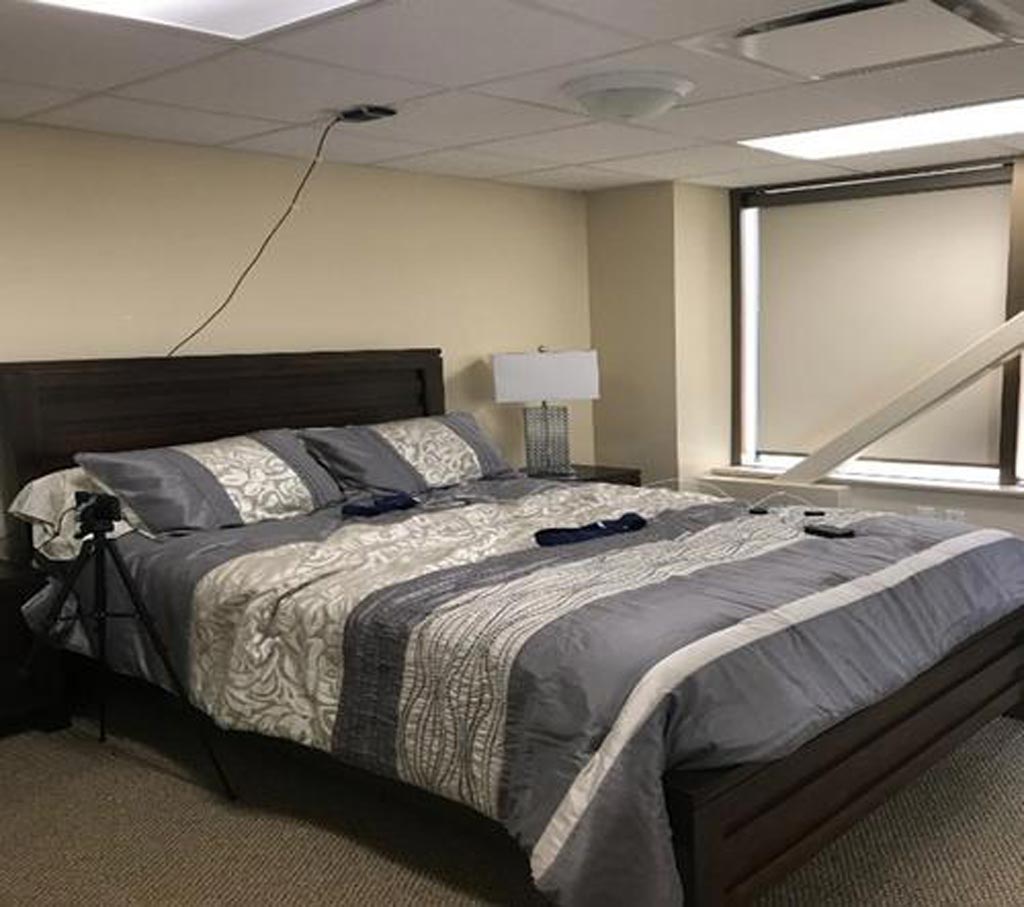
Image: The model long-term care apartment used in the study and the ceiling mounted FMCW radar (Photo courtesy UW).
A frequency modulated continuous wave (FMCW) radar system can wirelessly monitor patients’ vital signs at home, claims a new study.
Developed by researchers at the University of Waterloo (UW; Canada) and the University of Campinas (Brazil), the cell phone-sized FMCW radar operates at the 77 GHz waveband, collecting and analyzing data from reflected radar waves in a standard bedroom environment. Using sophisticated algorithms and advanced phase unwrapping manipulation software embedded in an onboard digital signal processing unit, the device can detect and differentiate between the subtle chest movements resulting from cardiac pulse beat and respiratory breathing rates.
In a study at the UW Research Institute for Aging, the radar unit was mounted to the ceiling over the bed of 50 volunteers as they slept normally in a model long-term care apartment. The volunteers were also connected to a reliable wired reference sensor for comparison purposes. The results showed a 94% correlation for breathing and an 80% correlation for pulse rates between the reference sensor and radar estimates. The authors suggest the system can also be used to monitor sleep apnea, seizures, periodic limb movement disorder, restless leg syndrome, and other issues. The study was published on April 23, 2019, in IEEE Access.
“With traditional systems involving wires and appointments booked weeks in advance, you can't sleep as you normally do in your own bed at home, making the common sleep study an unpleasant experience,” said study co-author professor of electrical, computer, and mechanical engineering George Shaker, PhD, of UW. “We take the whole complex process and make it completely wireless. And instead of a clinic, it could be done in the comfort of your own bed and run daily for continuous monitoring.”
Radar systems consist of a transmitter producing electromagnetic (EM) waves in the radio or microwave domain, transmitting and receiving antennas, and a receiver and processor. The radio waves (pulsed or continuous) reflect off an object and return to the receiver, providing information on its location and speed. EM radars have shown potential for remote health monitoring by sensing biologic signals in a more comfortable and easier way than wearable and contact devices.
Related Links:
University of Waterloo
University of Campinas
Developed by researchers at the University of Waterloo (UW; Canada) and the University of Campinas (Brazil), the cell phone-sized FMCW radar operates at the 77 GHz waveband, collecting and analyzing data from reflected radar waves in a standard bedroom environment. Using sophisticated algorithms and advanced phase unwrapping manipulation software embedded in an onboard digital signal processing unit, the device can detect and differentiate between the subtle chest movements resulting from cardiac pulse beat and respiratory breathing rates.
In a study at the UW Research Institute for Aging, the radar unit was mounted to the ceiling over the bed of 50 volunteers as they slept normally in a model long-term care apartment. The volunteers were also connected to a reliable wired reference sensor for comparison purposes. The results showed a 94% correlation for breathing and an 80% correlation for pulse rates between the reference sensor and radar estimates. The authors suggest the system can also be used to monitor sleep apnea, seizures, periodic limb movement disorder, restless leg syndrome, and other issues. The study was published on April 23, 2019, in IEEE Access.
“With traditional systems involving wires and appointments booked weeks in advance, you can't sleep as you normally do in your own bed at home, making the common sleep study an unpleasant experience,” said study co-author professor of electrical, computer, and mechanical engineering George Shaker, PhD, of UW. “We take the whole complex process and make it completely wireless. And instead of a clinic, it could be done in the comfort of your own bed and run daily for continuous monitoring.”
Radar systems consist of a transmitter producing electromagnetic (EM) waves in the radio or microwave domain, transmitting and receiving antennas, and a receiver and processor. The radio waves (pulsed or continuous) reflect off an object and return to the receiver, providing information on its location and speed. EM radars have shown potential for remote health monitoring by sensing biologic signals in a more comfortable and easier way than wearable and contact devices.
Related Links:
University of Waterloo
University of Campinas
Latest Critical Care News
- First-Ever Medical Technology Regrows Nerves and Stops Amputations in Diabetic Patients
- AI Tool Reduces Serious Complications and Readmissions After Colorectal Cancer Surgery
- Time-Released Gel Eliminates Residual Brain Tumor Cells Post Resection
- Handheld Sensor Could Replace Blood Tests for Health Monitoring
- 3D-Printed Carbon Nanotube Sensors to Enable Smart Health Monitoring
- Wearable ‘Microscope in a Bandage’ Fastens Wound Healing
- Virus Cocktail to Combat Superbugs Offers New Precision Medicine Approach for Hospitals Battling AMR
- Smart Biosensors Could Be Game-Changer for Wearable Health Tech
- Brainwave Test Detects Memory Decline Years Before Alzheimer’s Diagnosis
- Low-Cost Medical Device Stops Postpartum Hemorrhages
- Non-Invasive Wearable Sensor Detects Sweat Biomarker in Low-Perspiration Conditions
- New Autoinjector Could Transform Trauma Care in Severe Bleeding Emergencies
- Portable Light-Based Brain Monitor Improves Dementia Diagnosis
- New Ultrasound Technique Enables Safer Vein Access in Critically Ill Patient
- CVD Risk Prediction Tool Could Guide Statin Therapy
- Wearables Could Revolutionize Pregnancy Monitoring and Detect Abnormalities
Channels
Surgical Techniques
view channel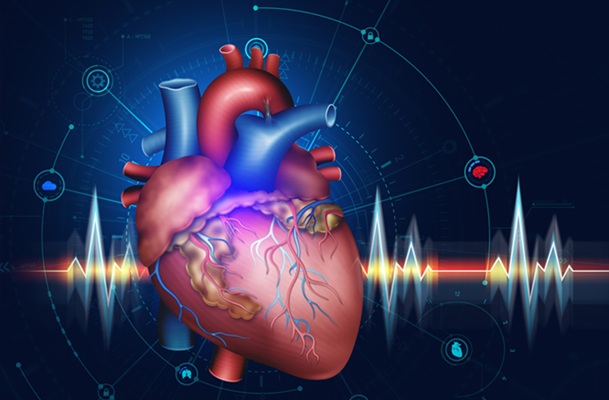
World's First Transcatheter Smart Implant Monitors and Treats Congestion in Heart Failure
Heart failure is one of the leading causes of hospitalization worldwide, with millions of patients requiring ongoing treatment to manage congestion. Current therapies often involve tracking remotely measured... Read more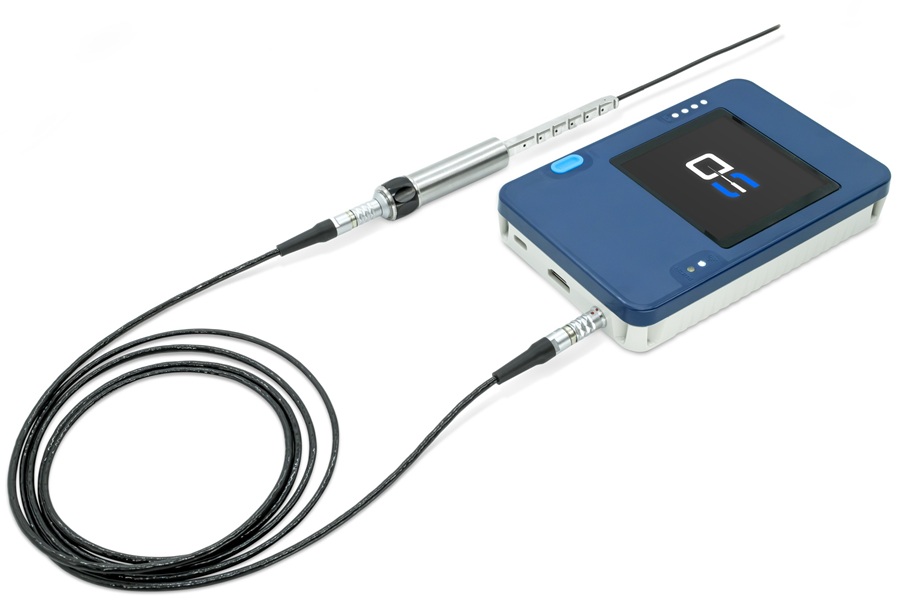
Hybrid Endoscope Marks Breakthrough in Surgical Visualization
For more than three decades, surgical endoscopy has depended on either rigid or flexible scopes, each with major drawbacks. Rigid scopes offer precision but limit maneuverability, while flexible scopes... Read more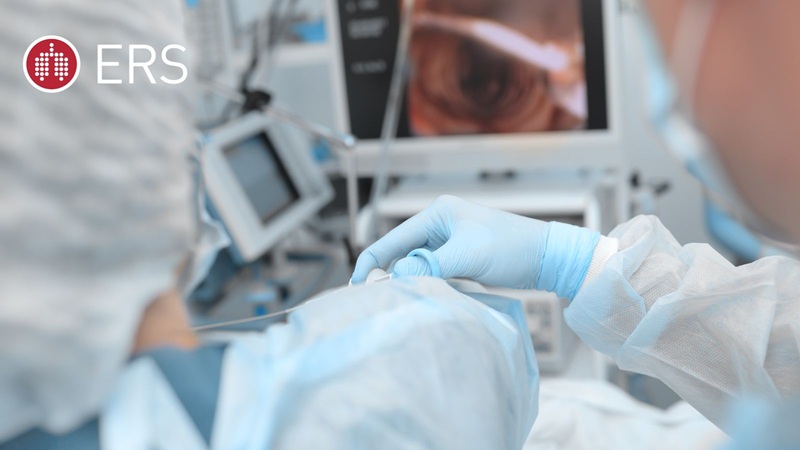
Robot-Assisted Bronchoscope Diagnoses Tiniest and Hardest to Reach Lung Tumors
Lung cancer is one of the deadliest cancers in Europe, killing around a quarter of a million people annually. Survival rates are much higher when tumors are diagnosed at an early stage, but the tiniest... Read more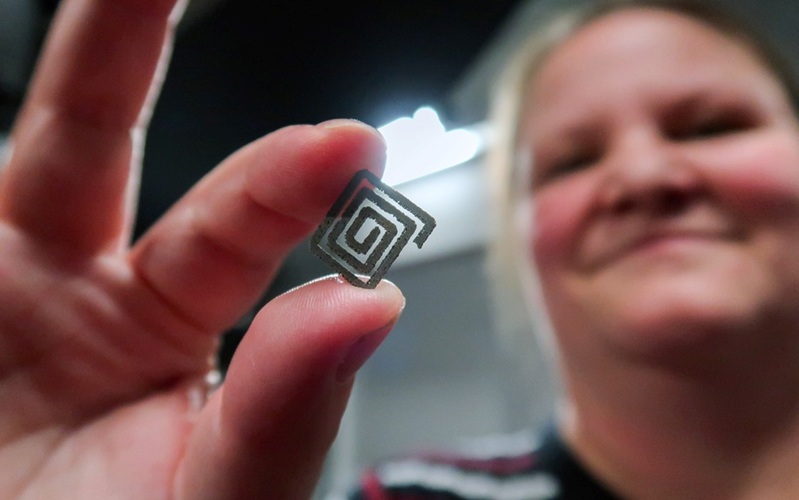
Diamond-Titanium Device Paves Way for Smart Implants that Warn of Disease Progression
Medical implants such as stents, prosthetics, and drug-release systems often rely on batteries that take up space, wear out, and eventually require replacement surgery. These limitations increase risks... Read morePatient Care
view channel
Revolutionary Automatic IV-Line Flushing Device to Enhance Infusion Care
More than 80% of in-hospital patients receive intravenous (IV) therapy. Every dose of IV medicine delivered in a small volume (<250 mL) infusion bag should be followed by subsequent flushing to ensure... Read more
VR Training Tool Combats Contamination of Portable Medical Equipment
Healthcare-associated infections (HAIs) impact one in every 31 patients, cause nearly 100,000 deaths each year, and cost USD 28.4 billion in direct medical expenses. Notably, up to 75% of these infections... Read more
Portable Biosensor Platform to Reduce Hospital-Acquired Infections
Approximately 4 million patients in the European Union acquire healthcare-associated infections (HAIs) or nosocomial infections each year, with around 37,000 deaths directly resulting from these infections,... Read moreFirst-Of-Its-Kind Portable Germicidal Light Technology Disinfects High-Touch Clinical Surfaces in Seconds
Reducing healthcare-acquired infections (HAIs) remains a pressing issue within global healthcare systems. In the United States alone, 1.7 million patients contract HAIs annually, leading to approximately... Read moreHealth IT
view channel
Printable Molecule-Selective Nanoparticles Enable Mass Production of Wearable Biosensors
The future of medicine is likely to focus on the personalization of healthcare—understanding exactly what an individual requires and delivering the appropriate combination of nutrients, metabolites, and... Read moreBusiness
view channel
Philips and Masimo Partner to Advance Patient Monitoring Measurement Technologies
Royal Philips (Amsterdam, Netherlands) and Masimo (Irvine, California, USA) have renewed their multi-year strategic collaboration, combining Philips’ expertise in patient monitoring with Masimo’s noninvasive... Read more
B. Braun Acquires Digital Microsurgery Company True Digital Surgery
The high-end microsurgery market in neurosurgery, spine, and ENT is undergoing a significant transformation. Traditional analog microscopes are giving way to digital exoscopes, which provide improved visualization,... Read more
CMEF 2025 to Promote Holistic and High-Quality Development of Medical and Health Industry
The 92nd China International Medical Equipment Fair (CMEF 2025) Autumn Exhibition is scheduled to be held from September 26 to 29 at the China Import and Export Fair Complex (Canton Fair Complex) in Guangzhou.... Read more












